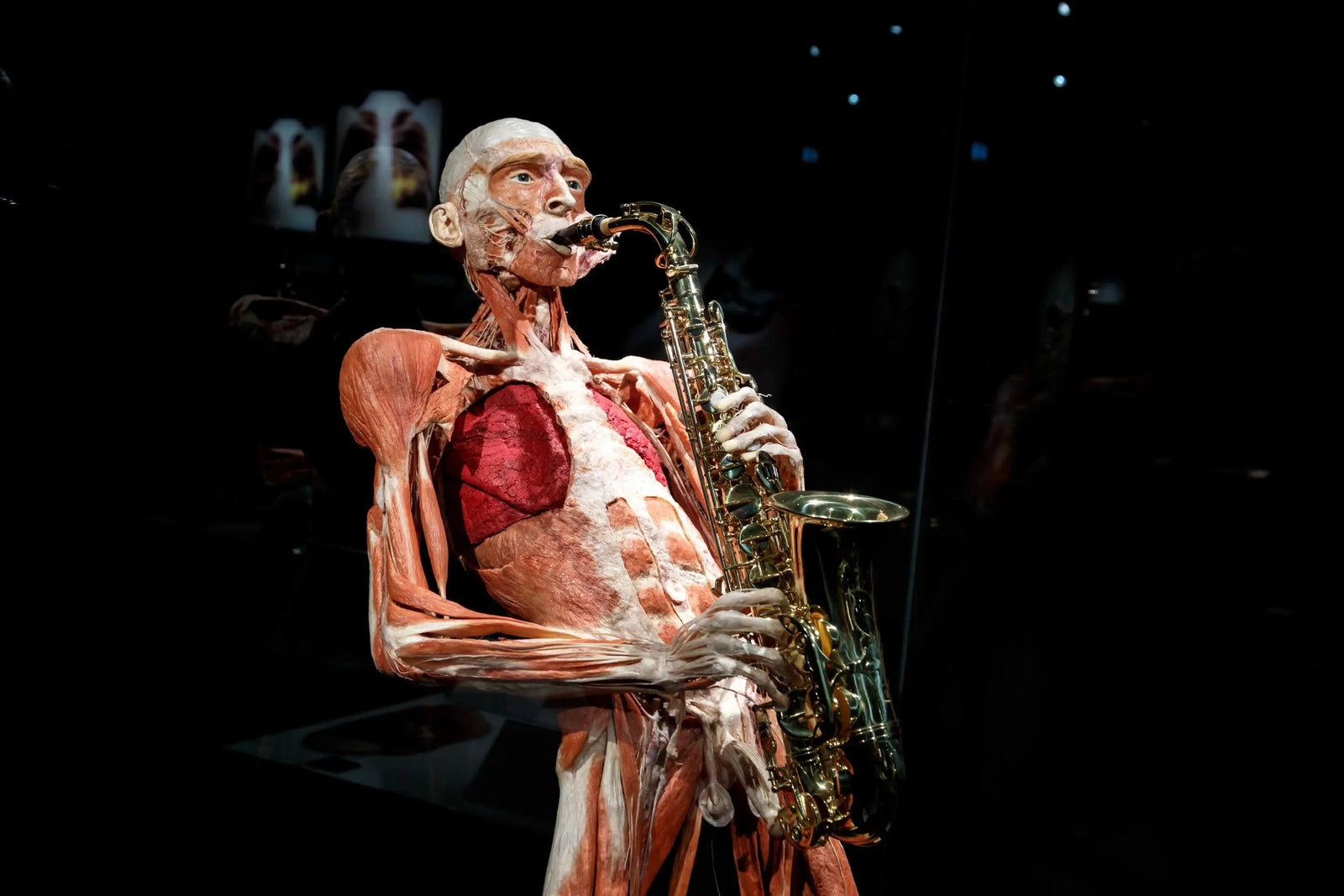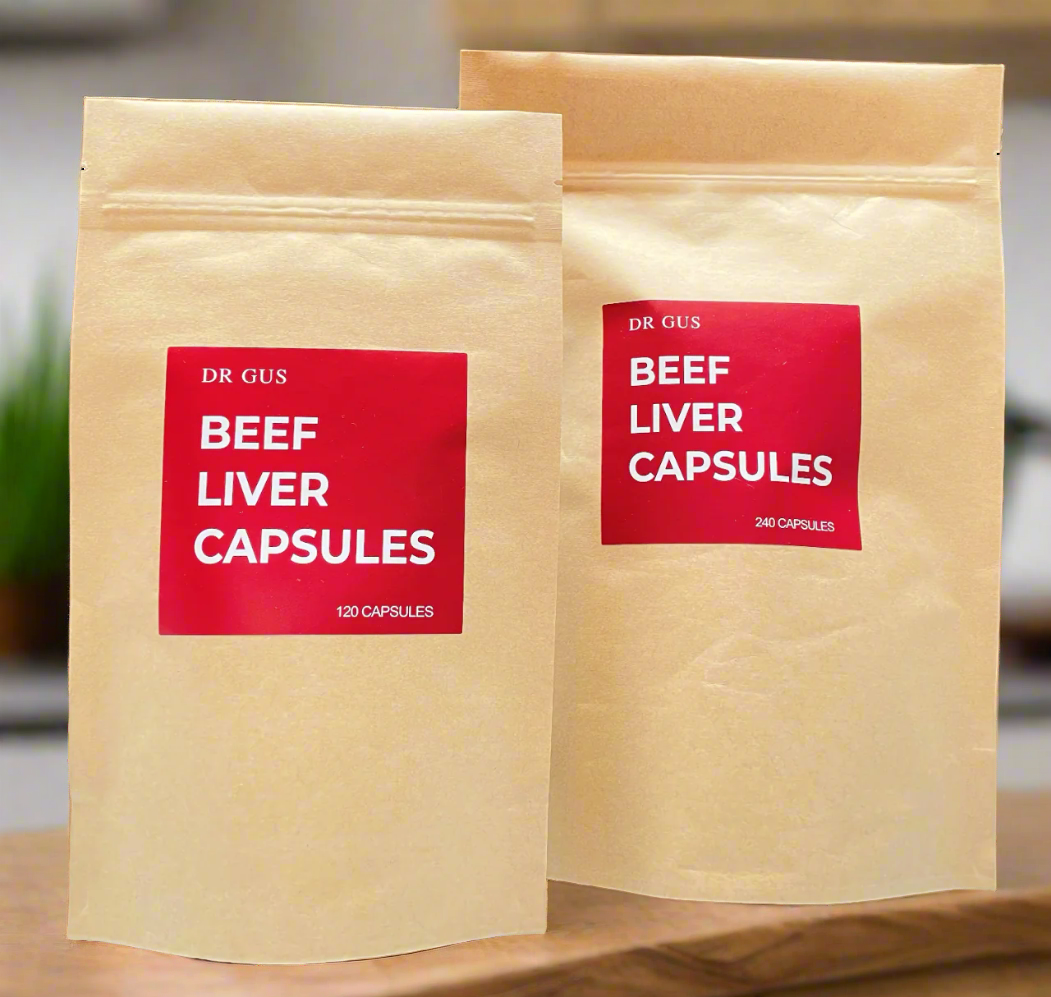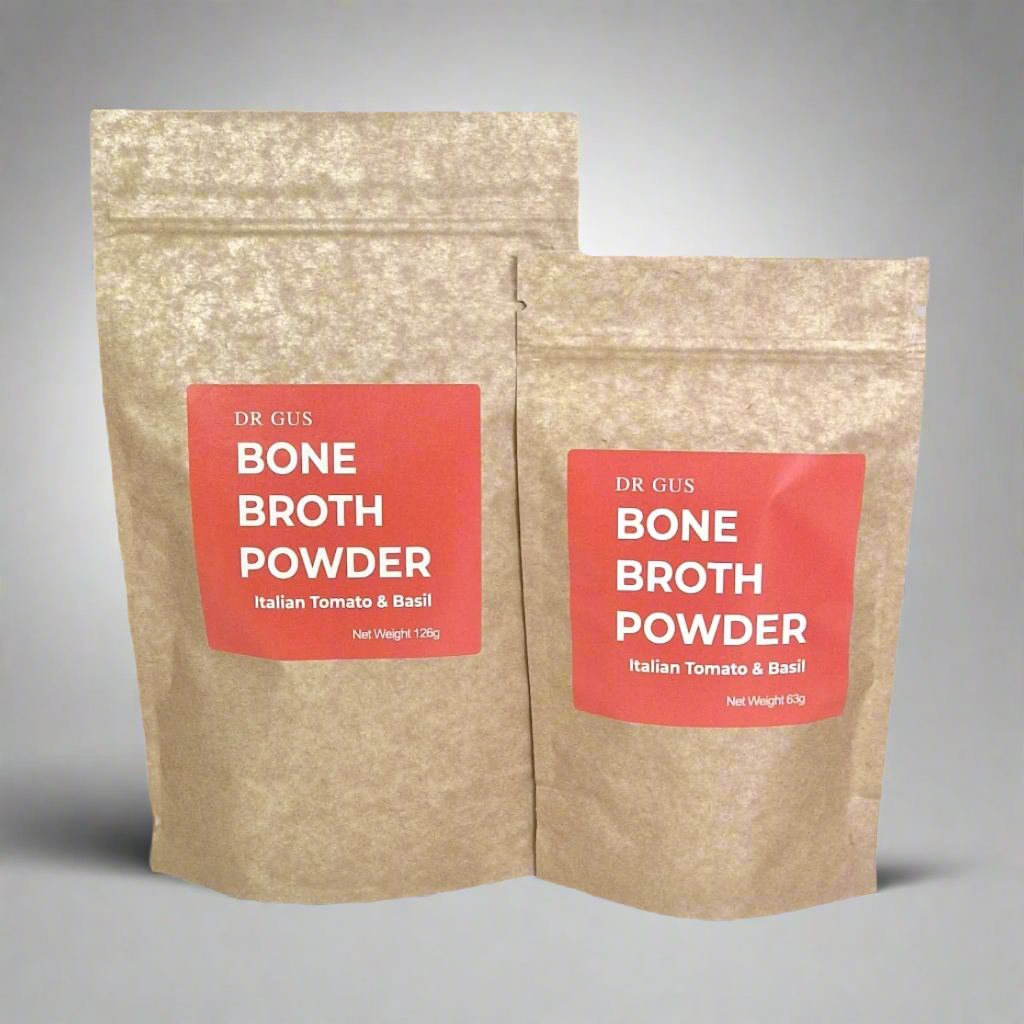
Could My Fascia Be Causing My Problems?
March 31, 2024 3 min read
For a long time in western science and medicine we have focussed on muscles and organs as connected but different parts of the same body. Now with the work of guys like Tom Myers we are realising that we can’t isolate the body into such distinct parts anymore as all of these parts are connected in a deeper way than we ever imagined.
In recent years, there has been growing interest in the role of fascia in various health conditions and movement practices. Therapeutic techniques such as myofascial release and fascial stretching aim to address restrictions or imbalances within the fascial system to improve mobility, reduce pain, and enhance overall well-being. Eastern medicine twigged onto this a few thousand years ago and developed systems of health such as acupuncture.
What Is Fascia?
Fascia is a complex network of collagenous connective tissue that permeates throughout the human body It provides structure, support, and organization to muscles, bones, organs, and other internal structures. Fascia can be thought of as a three-dimensional web that surrounds and interconnects all bodily structures, from the superficial layers just beneath the skin to the deepest layers surrounding individual muscle fibres, and beyond into the cells themselves.

What is Fascia Made of?
Fascia can vary in thickness, density, and composition depending on its location in the body and its specific function. While fascia is primarily composed of collagen and elastin fibers, it also contains other components such as water, glycosaminoglycans, ground substance, and cells like fibroblasts. Fascia can change it’s characteristics locally by changing the ratios of these components long term but also rapidly, in response to stressors.
What Does Fascia Do?
Functionally, fascia serves several important roles in the body:
- Support and Protection: Fascia provides structural support to muscles and organs, helping to maintain their shape and position within the body. It also acts as a protective layer, cushioning and insulating delicate tissues from external forces.
- Movement and Flexibility: Fascia plays a crucial role in facilitating movement by allowing muscles, bones, and organs to glide smoothly against one another. It helps to transmit forces generated by muscle contractions, allowing coordinated movement and flexibility.
- Mechanical Transmission: Fascia is involved in the transmission of mechanical forces throughout the body. It helps distribute tension and stress evenly across different tissues, reducing the risk of injury and improving overall mechanical efficiency.
- Interconnection and Communication: Fascia forms a continuous network that connects all parts of the body, allowing for communication and coordination between different regions. This interconnectedness is thought to play a role in various physiological processes, including proprioception (awareness of body position) and the transmission of sensory information.

Fascia and the Future
Researchers continue to explore the intricate role of fascia in biomechanics, physiology, and pathology to deepen our understanding of its importance in human health and performance. Have you noticed that sprinters are much less heavily muscled than they were 20-30 years ago, but are running much faster? This is due to a better understanding and training of the myofascial system.
We are going to talk a lot more about fascia and how it relates to health and healing in future blogs so keep an eye out.
And remember you are feeding your fascia when you consume bone broth regularly!
EXPLORE OUR RANGE OF BONE BROTH POWDERS
For a real view of fascia watch this video:
Leave a comment
Comments will be approved before showing up.




